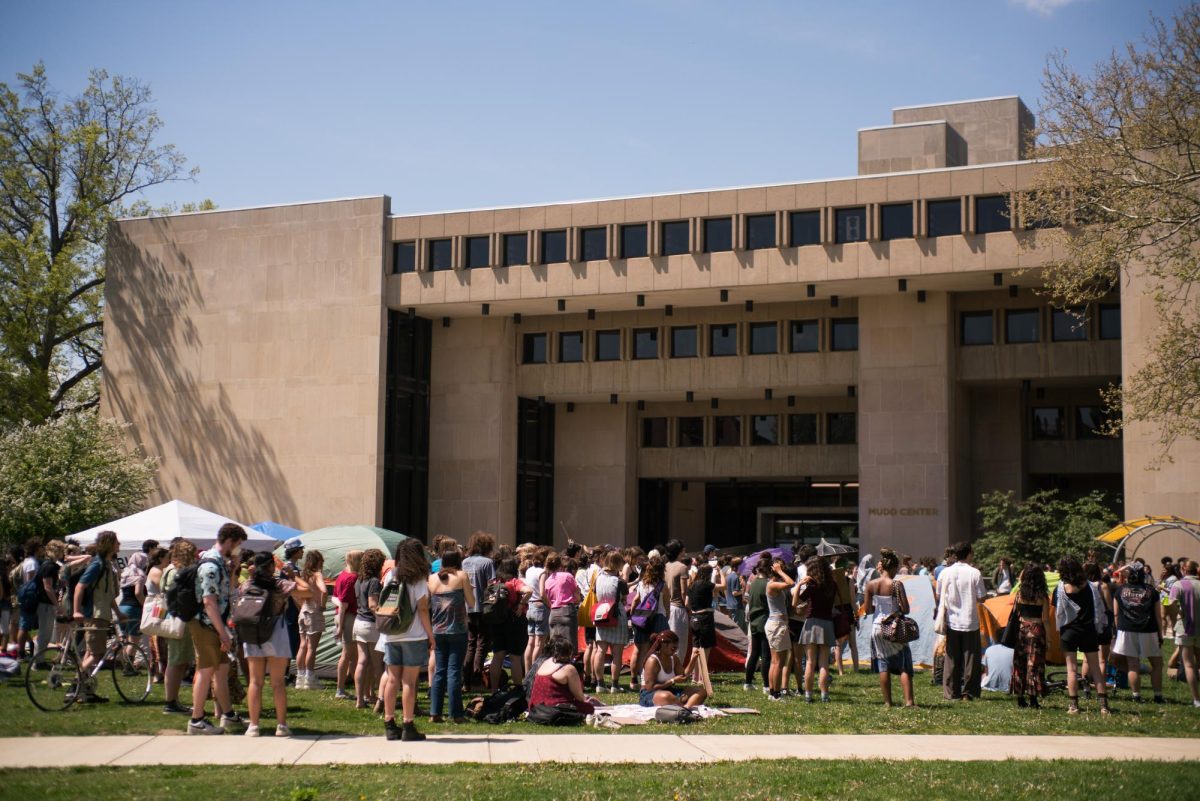I think cryptozoology is one of the most underrated and misunderstood fields of study out there.
Cryptozoology is the study of cryptids, creatures unrecognized by science. Cryptids include mythological creatures, urban legends, aliens, extinct animals thought to still be alive, unconfirmed animals described in scientific reports, and more. All creatures, no matter how unbelievable they are or what culture they come from, are given the same respect and scientific evaluation. This combination of an open mind and critical eye provides a unique insight into our world.
Many animals appeared in stories told to Western explorers, but because they came from “uncivilized” peoples, the stories were dismissed and the animals went unrecognized. For example, gorillas have been described as monstrous, violent ape-men since at least 500 BCE, when Carthaginian explorer Hanno the Navigator documented encountering a tribe of “gorillae.” Countless African tribes told stories about strong, hairy ape-men to European explorers. Because these stories were ignored, the gorilla went undiscovered until 1847, when Thomas Savage found gorilla bones in Liberia, and the mountain gorilla went undiscovered until 1902, when Captain Robert von Beringe shot one in Rwanda. Other former cryptids follow this pattern, such as the okapi, Komodo dragon, platypus, and giant squid.
This is why I don’t think cryptozoology is just pseudoscience. It’s actually quite similar to archaeology. They are interdisciplinary fields, using scientific and humanitarian methods and evidence. True archaeologists and cryptozoologists follow the scientific method, exposing hoaxes and interrogating theories. Unfortunately, because we can’t look into the past, archaeology and cryptozoology can’t be confirmed the way math and chemistry can. There will always be a level of uncertainty, but this doesn’t mean the study isn’t valuable or valid.
Cryptozoology’s method of tracing stories back to a cryptid’s origins does more than determine probability of existence. It reveals what real-life animals or events inspired unlikely cryptids, in what context cryptids arose, and what connections exist between them. There are numerous instances here: the six unknown birds in John James Audubon’s 1830s Birds of America; the five unconfirmed sea creatures William Beebe discovered during his 1930–34 dives in the Bathysphere; the Loveland frogman turning out to be an escaped tailless iguana; oarfish inspiring sea serpents and giant squid inspiring the kraken; the cryptid Andean wolf’s likely connection to the culpeo and its domesticated counterpart, the Fuegian dog; the classic urban legends of Bigfoot, the Loch Ness Monster, Mothman, and the Jersey Devil; the fact that nearly every culture has an ape man and a water monster; and much, much more.
One story in particular sticks out to me. On the night of Aug. 21, 1955, in Kelly, KY, one of the Sutton farmhouse’s twelve residents saw a falling bright light. Some of the adults investigated and encountered a silvery, glowing humanoid with long arms, taloned fingers, large ears, a strong chest, thin legs, and far-set glowing yellow eyes. When they shot the creature, the bullets made a metallic sound. It scurried away, unhurt, and everyone went inside. Another creature soon appeared, and when one of the men went outside to shoot it, it reached down from the roof and grabbed his hair with its talons. Another man shot it off the roof and it, too, left unhurt. This pattern of a creature appearing, being shot, and leaving unhurt continued for hours until, finally, the group went to the police. Persuaded by their terror, the police investigated and found only evidence of shooting. The creatures apparently returned soon after the police’s departure. The next day, spectators flocked to the farmhouse; unable to drive the crowds off, the family charged admission fees until interest died down. The creatures never appeared again, leaving behind only the consistent stories of the witnesses.
The Kelly–Hopkinsville Goblins are often claimed to be a pair of barn owls. It would explain their shapes, silent movement, and multiple returns, as barn owls are notoriously territorial and thorough in subduing threats, especially when mated. They left and returned because the police made them feel outmatched. This can be countered with the fact that these were rural Kentuckians, one of them a hunter; they would have recognize owls, if not in the woods, then when the porch lights illuminated them. Most of the witnesses were adults, so something truly unusual must have happened to scare them so badly. Cryptozoology’s value of context asks us to zoom out more.
In 1955, Americans were fascinated with UFOs and aliens. The famous 1947 Roswell incident was followed by a string of UFO and alien sightings, which the media often tweaked or exaggerated to further boost sales. Science fiction also increased in popularity at the start of the Cold War. It is possible that many UFO sightings were actually American or Soviet crafts. In relation to the Kelly-Hopkinsville case, the most significant of these encounters was in 1952, when a cryptid called the Flatwoods Monster appeared in West Virginia with a strikingly similar story. After seeing a bright light in the sky, six kids and a local guardsman went to investigate and encountered a tall humanoid with small claw-like hands, a pleated green skirt, and glowing greenish-orange eyes. The figure hissed and glided toward the group, causing them to flee. The creature was never seen again, leaving behind only skid marks and an odd gummy deposit. Many explain the Flatwoods Monster case as a meteor, a barn owl in a tree, and residue from a truck. Since it made national news and Kentucky and West Virginia are neighbors, it’s almost certain the Kelly-Hopkinsville witnesses knew about the Flatwoods Monster. One theory is that they used the Flatwoods Monster story as inspiration for a hoax.
This is why I love cryptozoology. Behind misinterpretation or hoax is a genuine mystery or discovery. In every story, there’s a kernel of truth. Theories are proposed for a truth we will never fully confirm. And, as someone who loves studying the unknown and oral tradition, cryptozoology scratches a very specific brain itch.












